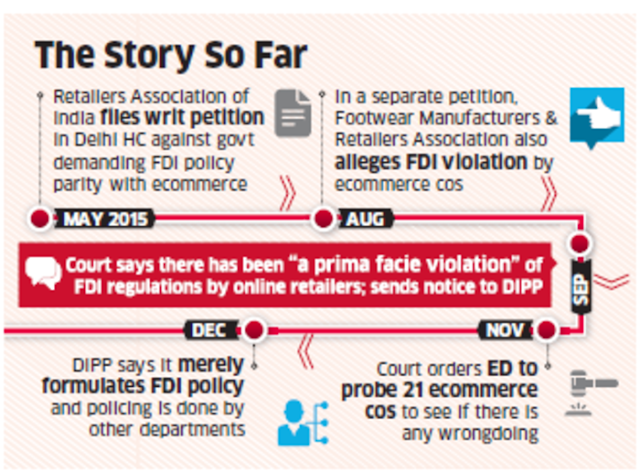Important Amendments in External Commercial Borrowing – Changes
notified on 14.05.2018 by Reserve Bank of India
1.
Rationalisation of all-in-cost for ECB under all tracks and Rupee
denominated bonds (RDBs)-
With a view to harmonising the extant
provisions of Foreign Currency and Rupee ECBs and RDBs, it has been decided to
stipulate a uniform all-in-cost ceiling of 450 basis points over the benchmark
rate. The benchmark rate will be 6 month USD LIBOR3 (or applicable benchmark
for respective currency) for Track I and Track II, while it will be prevailing
yield of the Government of India securities of corresponding maturity for Track
III (Rupee ECBs) and RDBs. ‘All-in-cost’-
The Meaning of “
All-in-Cost”
The term ‘All-in-Cost’ includes rate
of interest, other fees, expenses, charges, guarantee fees whether paid in
foreign currency or Indian Rupees (INR) but will not include commitment fees,
pre-payment fees / charges, withholding tax payable in INR. In the case of
fixed rate loans, the swap cost plus spread should be equivalent of the
floating rate plus the applicable spread.
The Meaning of Tracks
under ECB
Presently, ECB can be raised under
the following TRACKS.
Track I:
|
Track II:
|
Track III:
|
Medium term
foreign currency denominated ECB with minimum average maturity of 3/5 years
|
Long term foreign
currency denominated ECB with minimum average maturity of 10 years.
|
Indian Rupee (INR)
denominated ECB with minimum average maturity of 3/5 years.
|
2. Expansion of Eligible
Borrowers’ list for the purpose of ECB –
It has been decided to permit:
Housing Finance
Companies To Avail ECB
A.
Housing Finance Companies, regulated by the National Housing Bank, as eligible
borrowers to avail of ECBs under all tracks. Such entities shall have a board
approved risk management policy and shall keep their ECB exposure hedged 100
per cent at all times for ECBs raised under Track I.
Port Trusts To Avail ECB
B. Port Trusts constituted under the Major Port Trusts
Act, 1963 or Indian Ports Act, 1908 to avail of ECBs under all tracks. Such
entities shall have a board approved risk management policy and shall keep
their ECB exposure hedged 100 per cent at all times for ECBs raised under Track
I.
Companies in Maintenance
and Freight Forwarding to Avail ECB
C. Companies engaged in the business of Maintenance,
Repair and Overhaul and freight forwarding to raise ECBs denominated in INR
only.
3. Revisiting ECB Liability to Equity Ratio provisions
–
It has been decided to increase the
ECB Liability to Equity Ratio for ECB raised from direct foreign equity holder
under the automatic route
to 7:1. This ratio will not be applicable if total of all ECBs raised by
an entity is up to USD 5 million or equivalent. Earlier an ‘ECB liability to
equity’ ratio of more than 4:1 needed approvals from the RBI.
4. ECB for Working capital purposes
5.Rationalisation of end-use
provisions for ECBs –
It has now been decided to have only
a negative list for all tracks that would include the following:
Negative list for all
tracks
Investment in Real
Estate
a. Investment in real estate or
purchase of land except when used for affordable housing as defined in
Harmonised Master List of Infrastructure Sub-sectors6 notified by Government of
India, construction and development of SEZ and industrial parks/integrated
townships
b. Investment in capital market
c. Equity investment
Additionally for Tracks I and III,
the following negative end uses will also apply except when raised from Direct and Indirect equity
holders or from a Group company, and provided the loan is for a minimum average
maturity of five years:
Additionally for Tracks I and III,
the following negative end uses will also apply except when raised from Direct
and Indirect equity holders or from a Group company, and provided the loan is
for a minimum average maturity of five years:
D. Working capital purposes
e. General corporate purposes
f. Repayment of Rupee loans
Finally, for all Tracks, the
following negative end use will also apply: g. On-lending to entities for the
above activities from (a) to (f)
Earlier, a positive end-use list is
prescribed for Track I and specified category of borrowers, while negative
end-use list is prescribed for Track II and III.











